- 20/07/2022
What is gouache?
What is gouache?
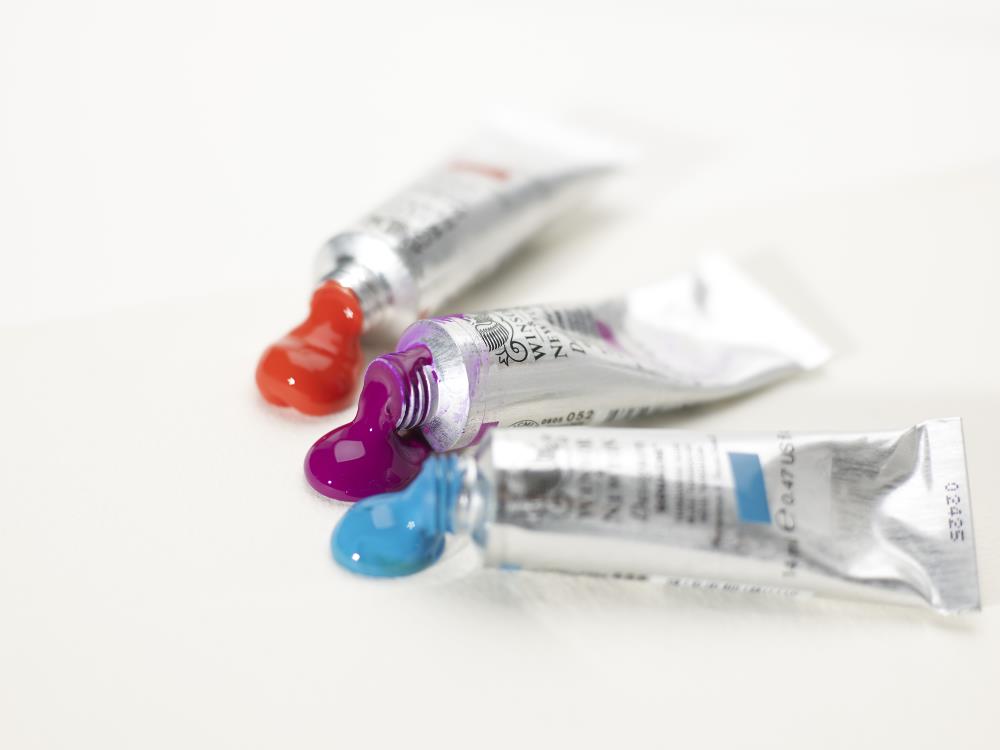

Gouache paint behaves in a similar manner to watercolour, but with stronger pigment and even greater opportunities for experimentation.
Created using a similar process to watercolour, gouache is fast-drying and forms bold, matte colours ideal for posters, landscapes and portraits.
It’s thicker consistency and brilliant bright colours make gouache a versatile choice – you’ll have the freedom for expressive painting – or take it slow and steady to build up layers of detail.
We stock an excellent range of gouache paint from top brands like Pebeo, Daler Rowney and
Winsor & Newton
.
Why use gouache paint?
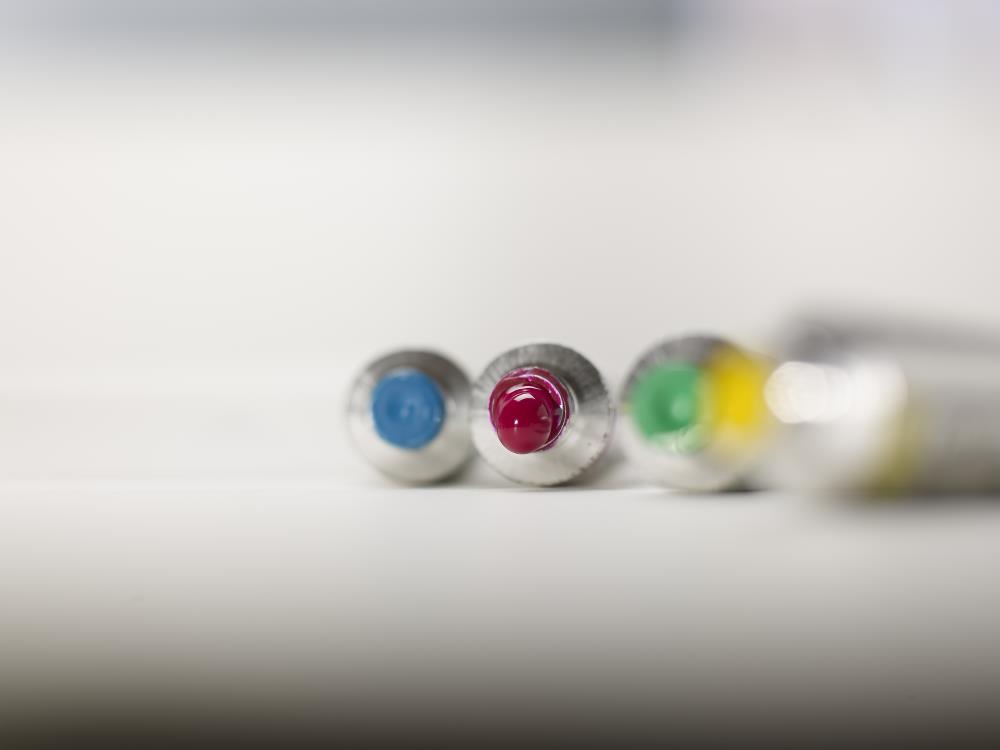

There are many benefits to using gouache paint:
Perfect for beginners and professionals alike – gouache is forgiving and simple for newcomers. Both simple and intricate artwork is effective, without the need to introduce mediums.
Fast drying – if oil painting is too much of a commitment, gouache dries quickly, allowing you to start and complete a painting in one sitting.
Amazing colour – as it dries with a solid matte effect, gouache has much stronger pigment than watercolour paint.
Instagram-friendly – gouache looks incredible when photographed, so if you like sharing your work on social media, it’s a great option
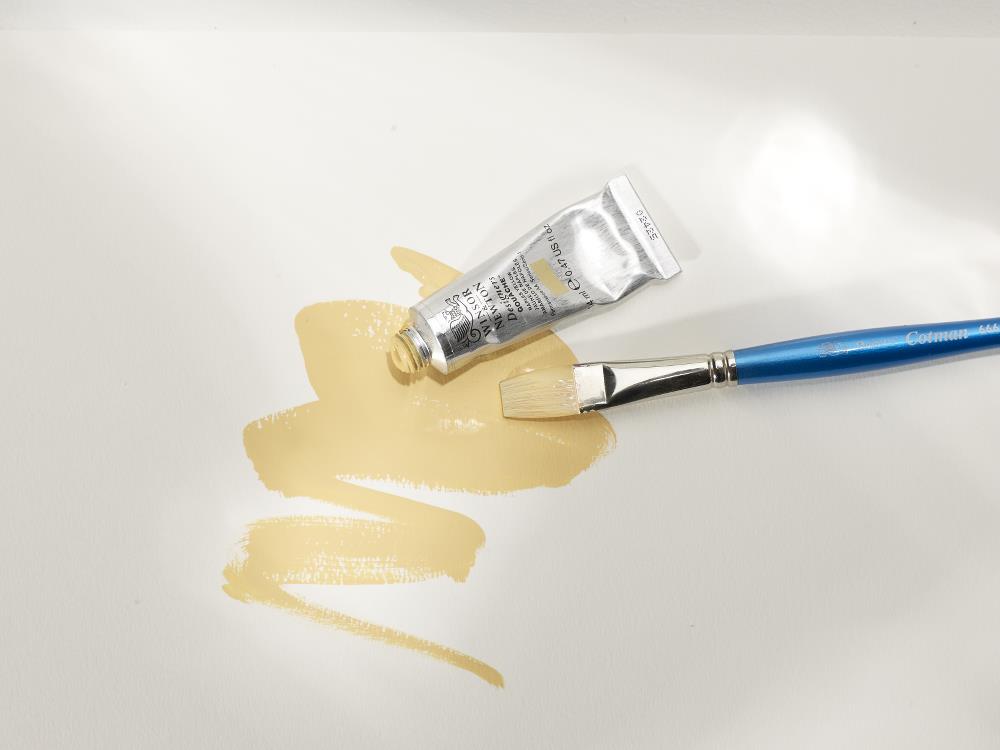

Getting started with gouache couldn’t be easier. You won’t need any specialist equipment – and there’s usually no need to use mediums or solvents.
What you'll need to paint with gouache
You’ll need the basics to paint with gouache
Gouache paint – an obvious one, but a range of gouache paints with lots of colour options will help provide plenty of options when creating beautiful artwork.
Brushes – you can use any type of brush with gouache. A range of paint brush sizes will help you add in block colour, then layer detail over the top.
Palette – for mixing colours together.
Water pot – gouache is activated using water, so you can make pigment less intense by adding more water.
what surface can you use with gouache
Gouache can be used with a variety of different painting surfaces, including:
Watercolour paper – perhaps the best option for gouache, watercolour pads or paper are a good choice.
Canvas – you can use canvas with gouache, but make sure it’s provided primed.
Bristol board – Bristol board is also a good choice for gouache paint.
Top tip: If you don’t use all the gouache paint you put out, don’t worry. You can reactivate dried gouache with water and use it again. No waste!
How to layer gouache
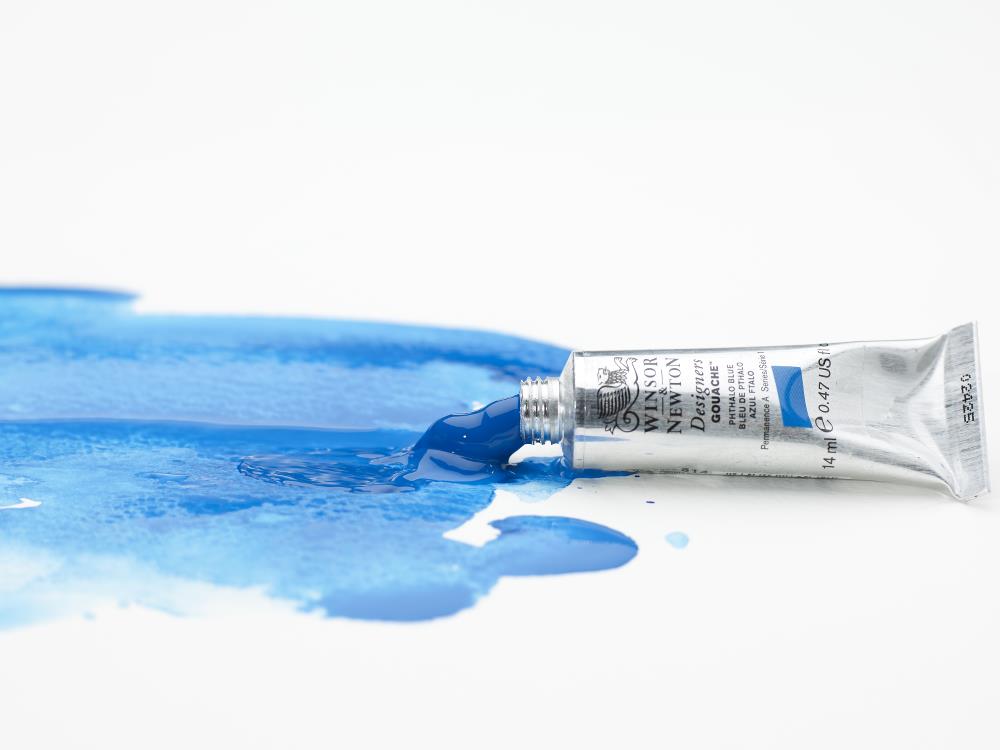

Layering is a key stage when using gouache. You’ll want to build up your artwork in stages, starting with block colours, then adding greater detail on top, finally adding highlights using lighter colours.
Start by planning sketching out your image – there’s no need for loads of detail here – then use this framework to paint in block colours. Be extra careful if you’re adding light colours next to dark colours, as gouache can bleed or blend together when side by side.
Tip top: Gouache is a more transparent than oil or acrylic paint, so use a softer pencil when sketching out your composition.
How to seal gouache
As gouache is water-soluble, providing a protective layer around your artwork is key to protecting it from the elements and ensure a long life.
That said, avoid using artists varnish with gouache! This could cause the pigment of your colours to fade or create a “dusty” appearance.
Instead, the best way to keep your gouache artwork safe is to frame it – being careful to leave a small gap between the glass and the surface. Use a mount to achieve this vital space.
What is the difference between gouache and acrylic paint?
Gouache is closer to watercolour paint in consistency than acrylic paint. The key difference between the two is that acrylic is the finish.
Acrylic will dry with a glossy, satin finish. Gouache has a flat, matt finish – better suited to block colours and colourful subjects.
What to paint using gouache
You can paint anything you desire with gouache – it’s so adaptable you’re not limited to specific subjects.
To help you get started, find inspiration from our gouache painting ideas below:
Flowers
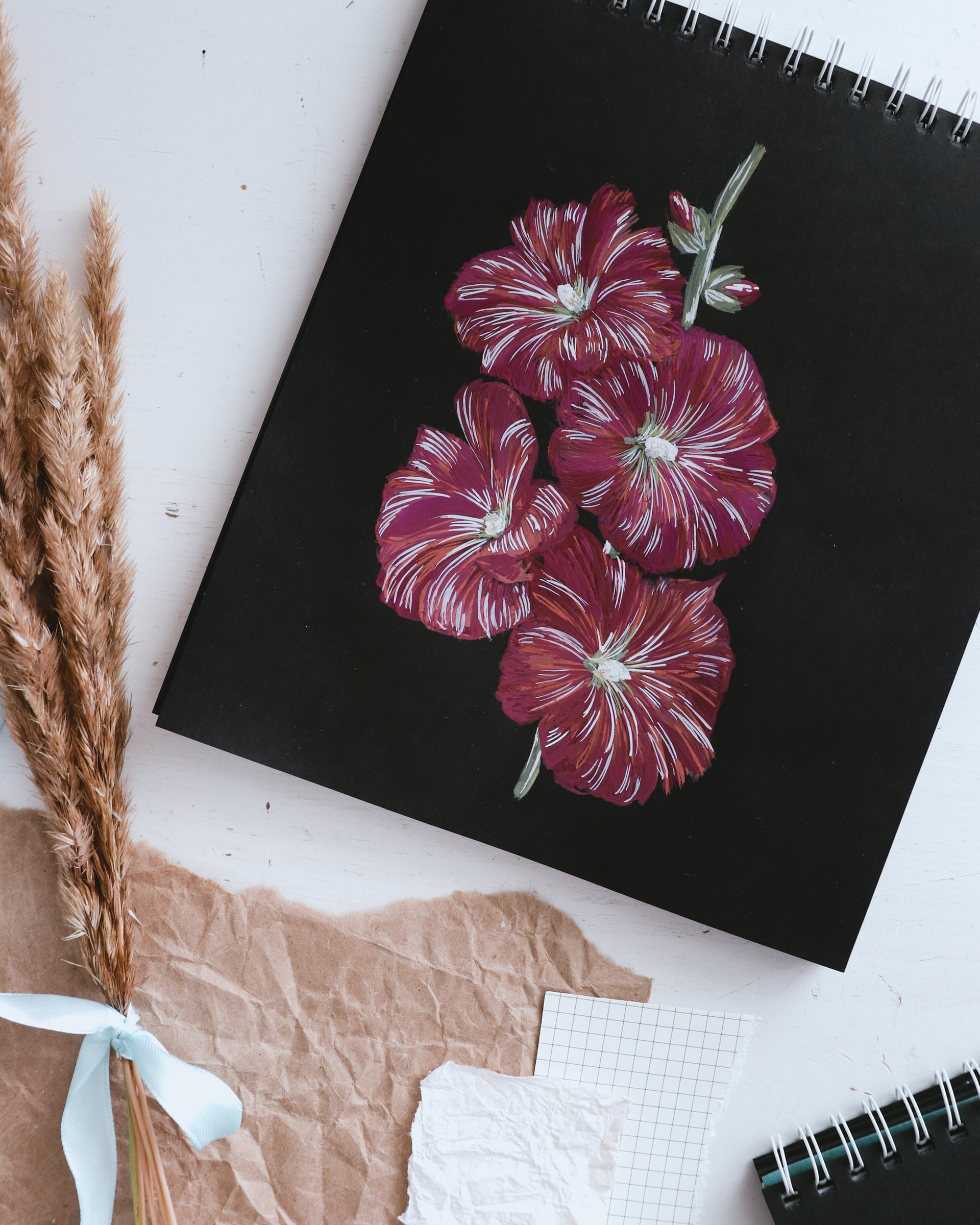

Floral painting and gouache are a match made in heaven. You’ll be hard pressed to find a better paint type to achieve the vivid colours of flowers and plants.
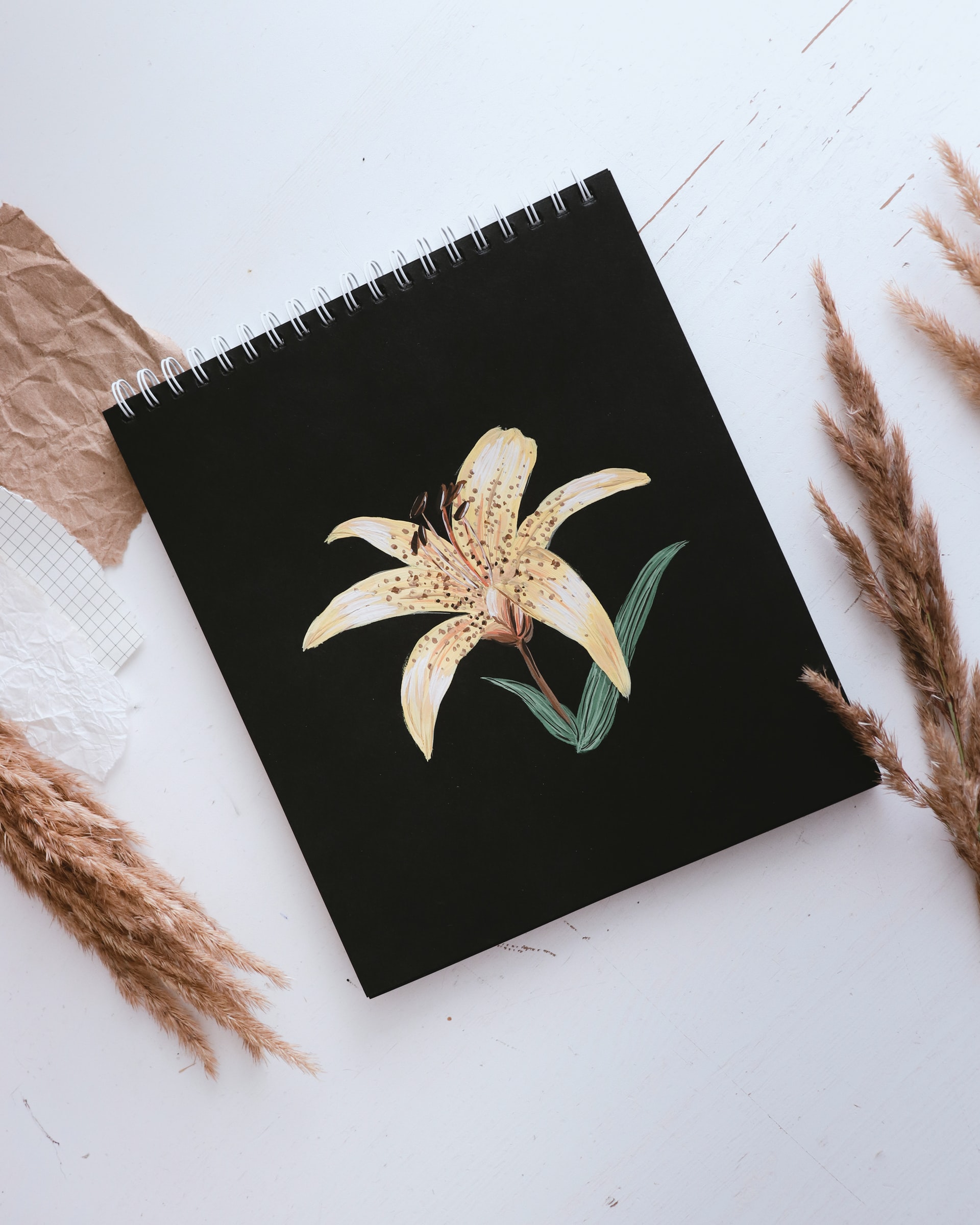

Whether you’re going for a realistic effect or using impactful block colours, flowers are an excellent subject for both beginners and experienced painters. Try using black paper for gouache flowers that really pop.
Landscapes
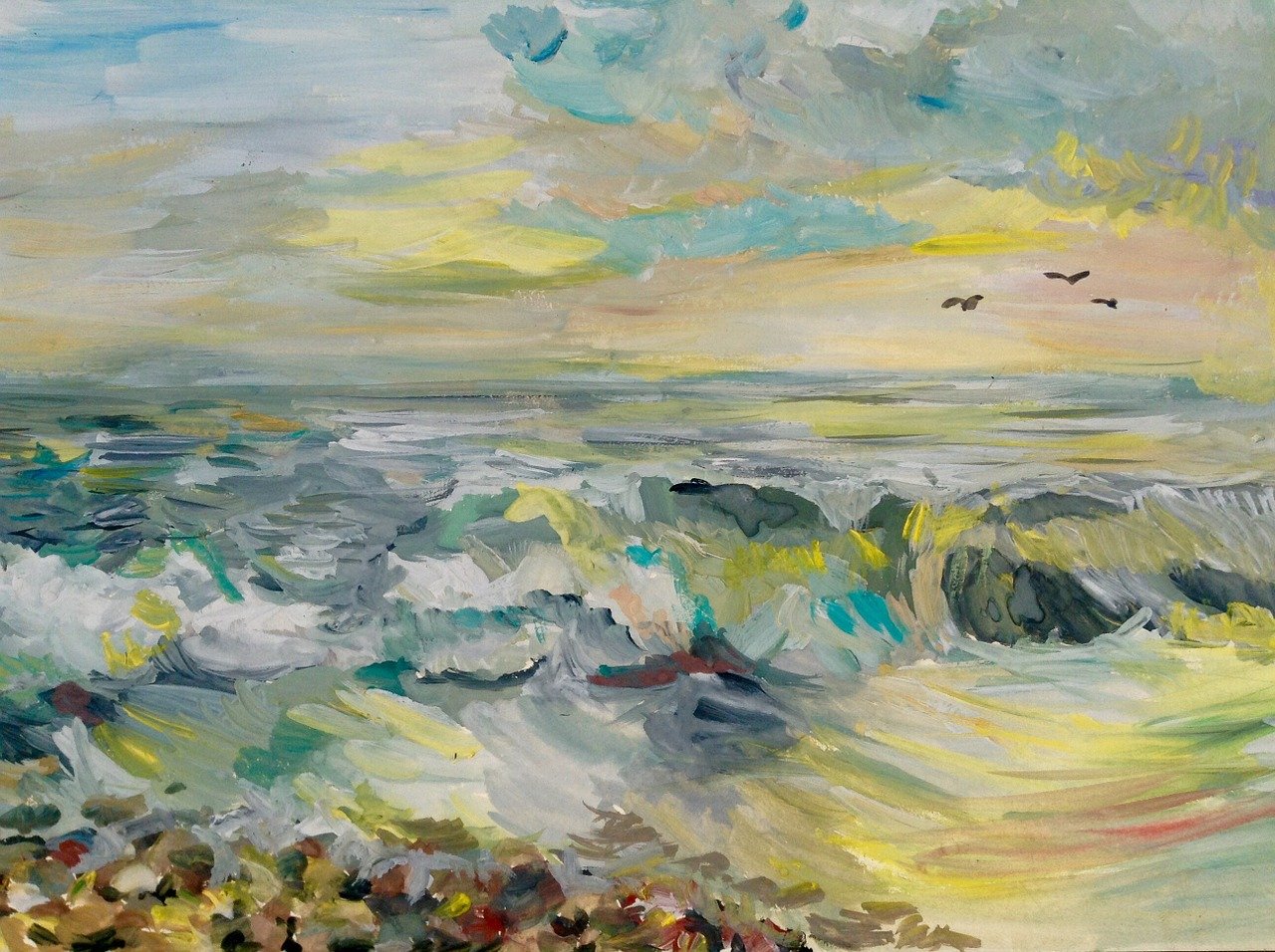

Gouache is the perfect paint for capturing landscapes. Thicker than watercolour, gouache can be used to create expressive scenes of water, sky and lush greenery.
Try to build up your landscape using base colours, then build each layer to achieve a stunning end result. Gouache can be a fairly slow process – you’ll need to wait until the bottom layer is completely dry before adding extra detail – so try taking a photo of the scene you want to capture to work from later.
Animals
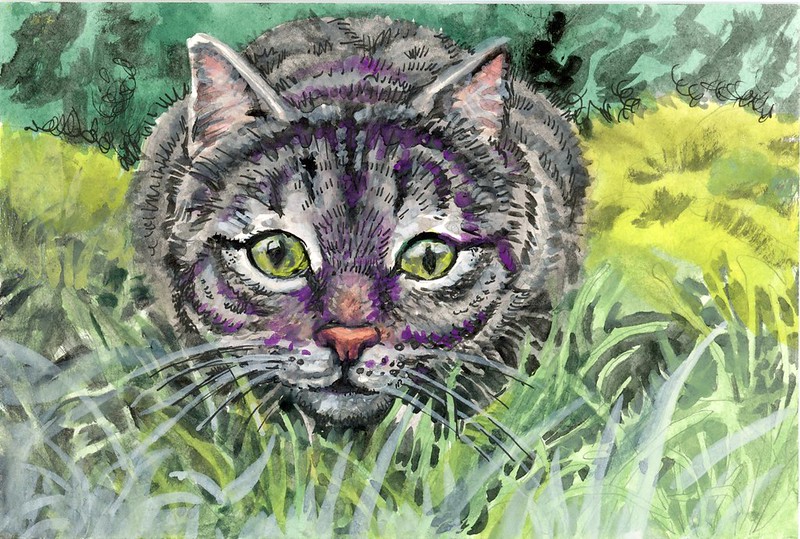

Animals are an ideal choice for gouache paint. Similar to flowers, animals can be painted in a realistic or abstract way – using layers of detail – or bold, block colours.
Try painting your pets to create a keepsake you’ll treasure for years to come – or a thoughtful gift.
Festive gift tags
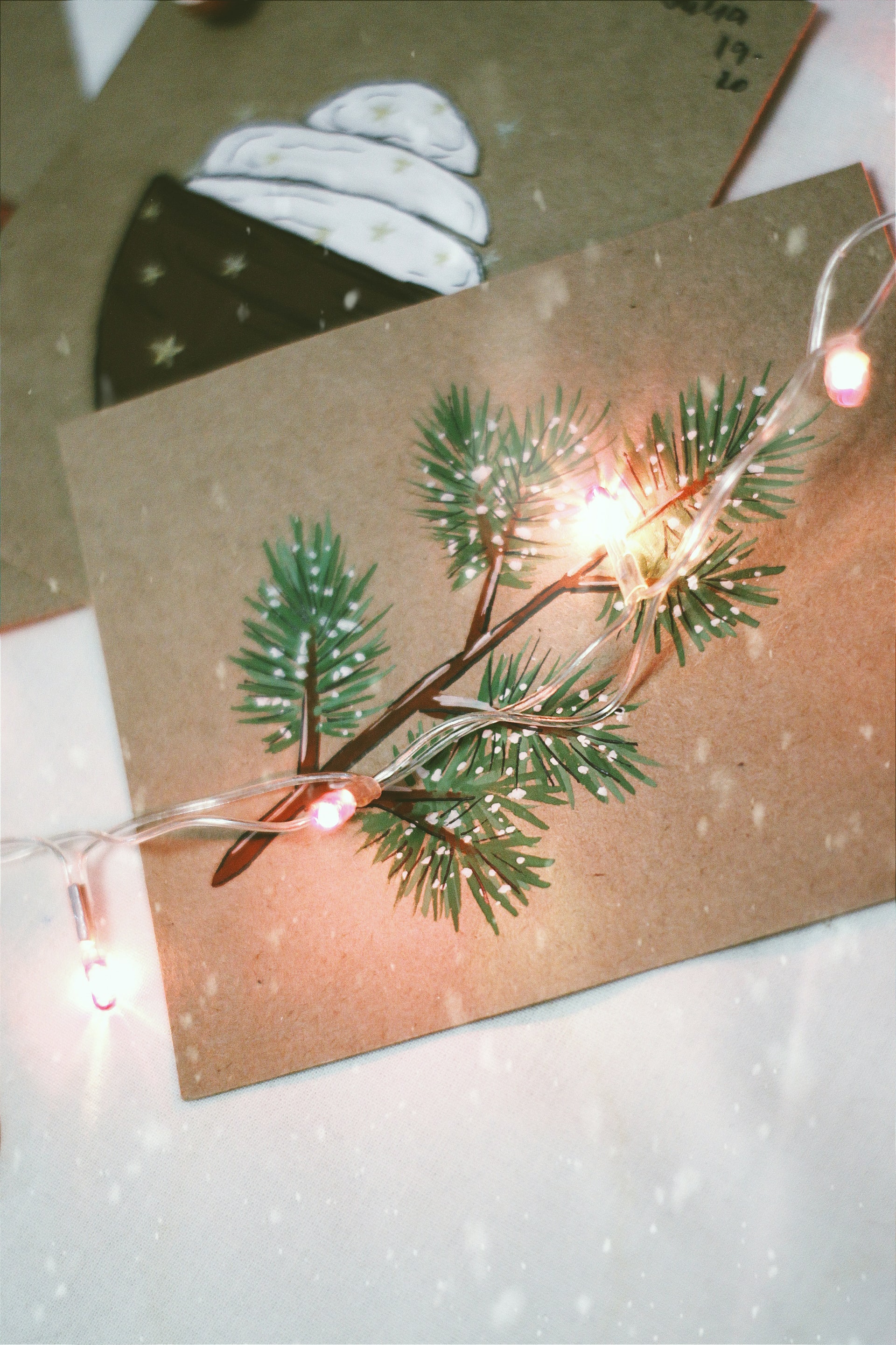

If you’re feeling crafty, gouache can be used to create traditional Christmas decorations, cards and gift tags.
Give your presents a handmade touch this year by create a set of simple labels depicting festive objects – like Santa hats, candy canes, Christmas Trees.
If you’re ready to get started, browse our fantastic range of gouache paint.
 Same Day Dispatch Mon-Fri Before 2PM
Same Day Dispatch Mon-Fri Before 2PM

 Free UK Delivery on Orders Over £50
Free UK Delivery on Orders Over £50

